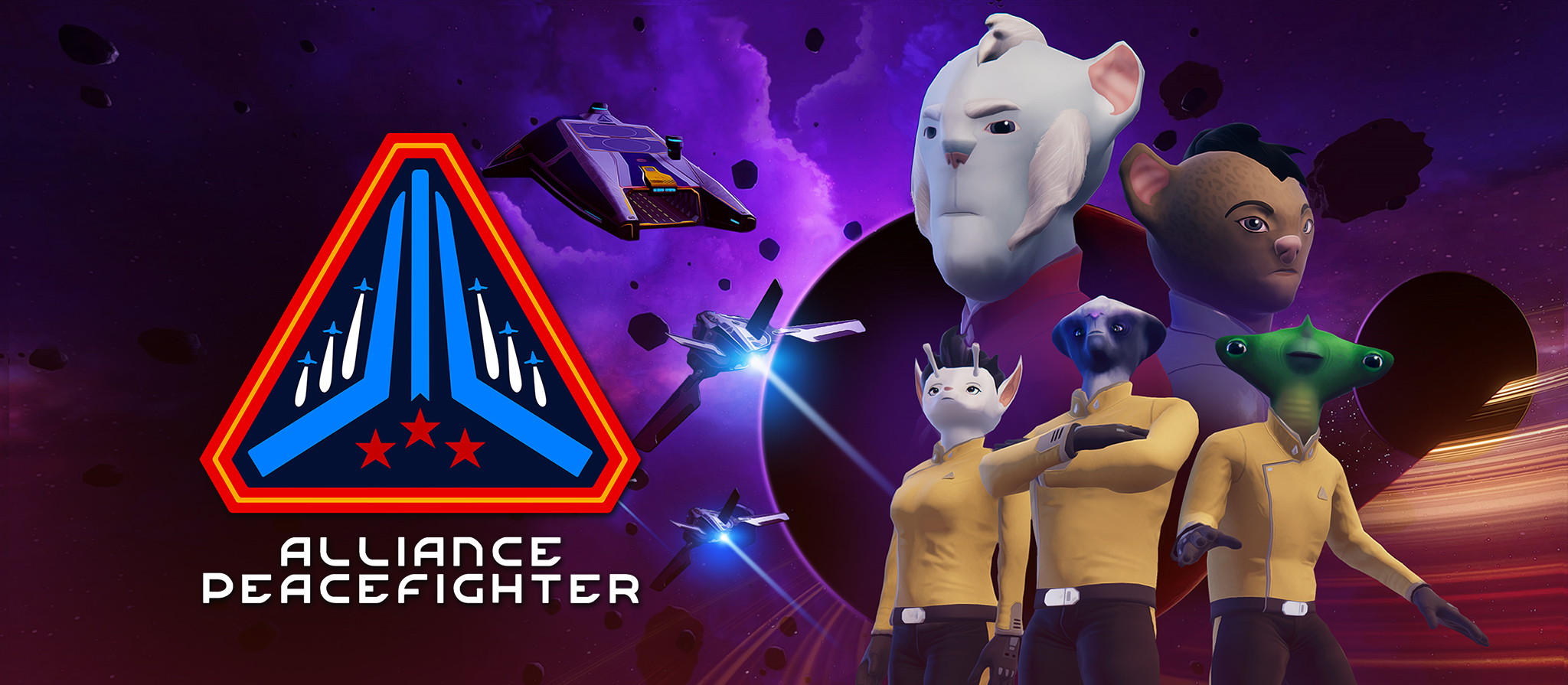Sat, 22 May 2021
TLDR; Flagship is still an active project, but it's still a ways off.
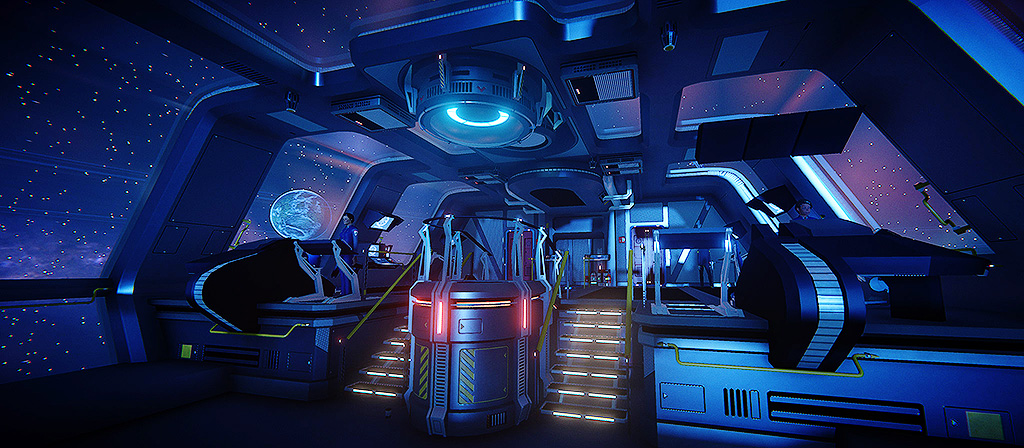
What's up with Flagship?
I've created a (fairly) robust system for scripting briefings, missions and general conversations. Damage to the ship can be carried over from mission to mission. Voice commands are now built into the game, so you won't need Voice Attack. Between missions, NPCs will talk to each other and you can play poker in the officer's lounge. You can sit in your ready room and read emails. I've created an automated lip-syncing system, and characters' eyes will dilate or constrict depending on the light levels and in some cases, their mood. There's a lot of work here that I'm proud of.
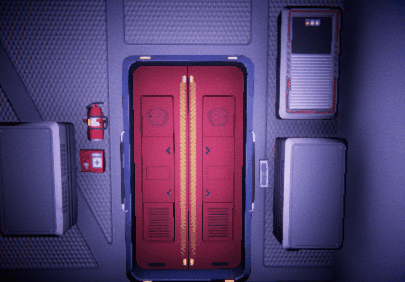
So what's the problem?

From a visuals standpoint, pretty much every peice of art in Flagship is a rough placeholder. Some of it looks okay, but bringing things up to the standard I'd like will take a lot of time and many cases, money to pay proper 3D artists. I'm pretty short on both.
In addition to this, designing interfaces that give the player full control without being overly complex, that work well in VR and on flat screens has proved a huge challenge. Even after all these years there's still a lot I need to figure out.
Your wife sounds very cool. What's the plan moving forward?
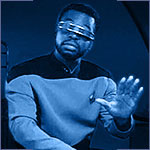
We had three options, the first being to carry on as we were. When I looked at all the remaining tasks, we had around two years left of work ahead of us. This was assuming the remaining development went smoothly and that we committed to polishing the game and its core mechanics as they currently existed. The problem with this was that I wasn't completely happy with all the core mechanics, and sofware development never goes completely smoothly.

Option two was to stop development, cut our losses and do something else. I've got a lot of other ideas, and some are even sensibly scoped, so this was tempting. Despite the real risk of sunk cost fallacy, this still wasn't really on the table. There's a good game here, and it's a game I very much want to exist. It's just going to take a lot of work to chisel it out.
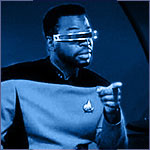
Option three was to use the Flagship framework (i.e. the systems that run the various simulations and AI) to build a smaller game, with the intention of circling back to Flagship later. I could use the opportunity to port the codebase to C#, strip out all the old and retrofitted code we were no longer using and generally clean everything up. We had often talked about making a starfighter-focused spinoff after Flagship, and starfighter combat was already technically implemented.
Introducing Alliance Peacefighter
We're aiming to target both VR and flatscreens, with support for HOTAS joysticks, gamepads and mouse and keyboard. If all goes well, we'll release the mission editor so you can create custom campaigns of your own. We'll go into more detail at a later date, I don't want to derail this post too much.
If you were looking forward to Flagship this might seem like bad news, but things couldn't carry on as they were. The good news is that all the work I'm doing on this is still building towards completing Flagship, which will benefit from all the improvements made to the framework. Better performance, smarter AI, a more flexible level designer, lots of stuff.
